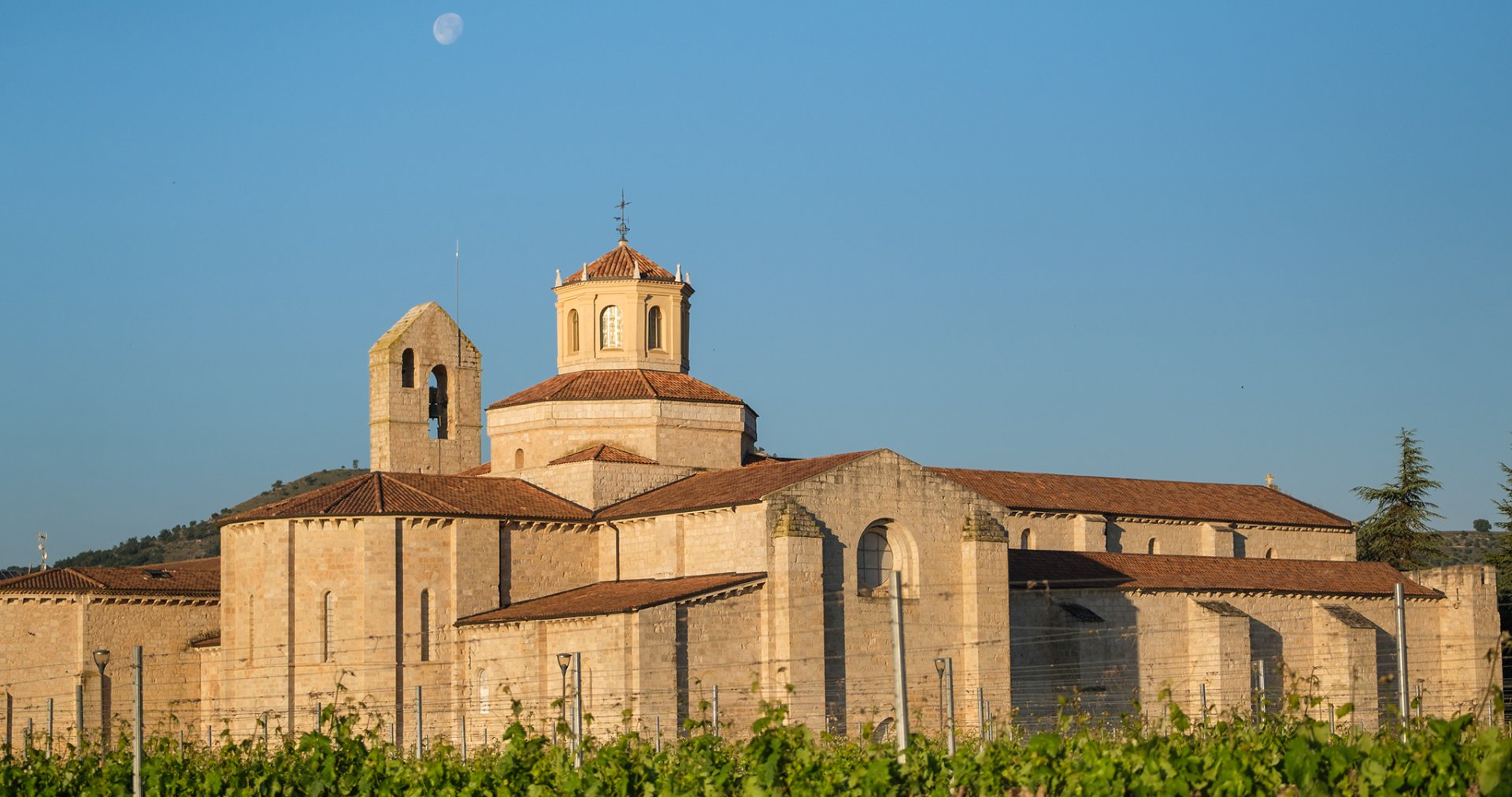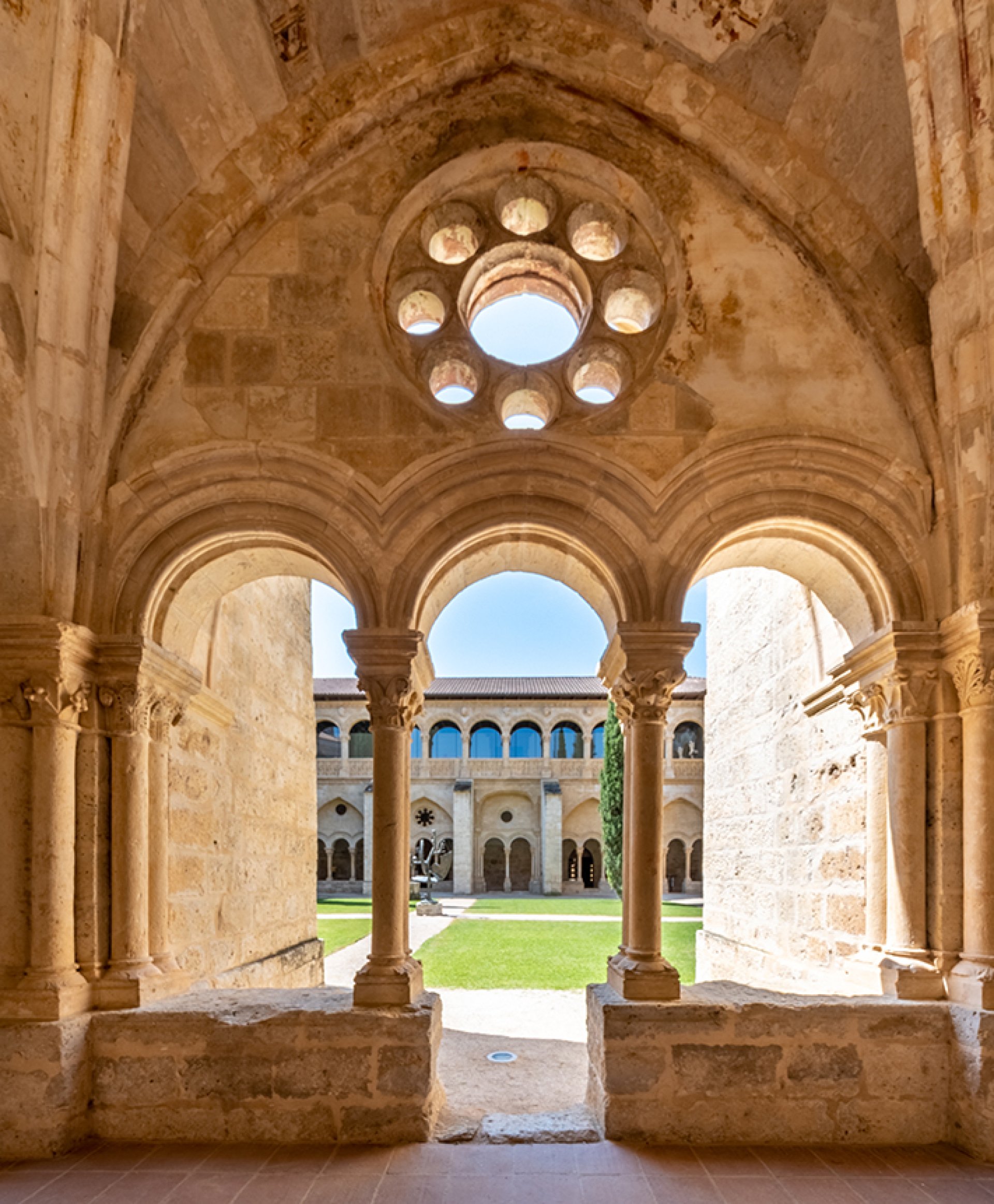Monasterio de Santa María de Valbuena

Make your booking
Select hotel
2 Adults - 0 Children
Adults
(max. 3)
Children
(max. 1)
Checkin - Checkout
Add code
Monasterio de Santa María de Valbuena
At the hotel you will found the permanent office of Fundación de las Edades del Hombre. Located in a privilege natural enclave, surrounded by the most prestigious wineries of Ribera del Duero, one of the most important Denomination of Origin of the world, the perfect place for lovers of good gastronomy, good wine and nature. With an endless of remote architectural treasures as the locality of Peñafiel, with its 10th century castle turned nowadays into Wine Museum, or Cuéllar with infinite hidden jewels among their streets.
FIND OUT MORE
FIND OUT MORE

